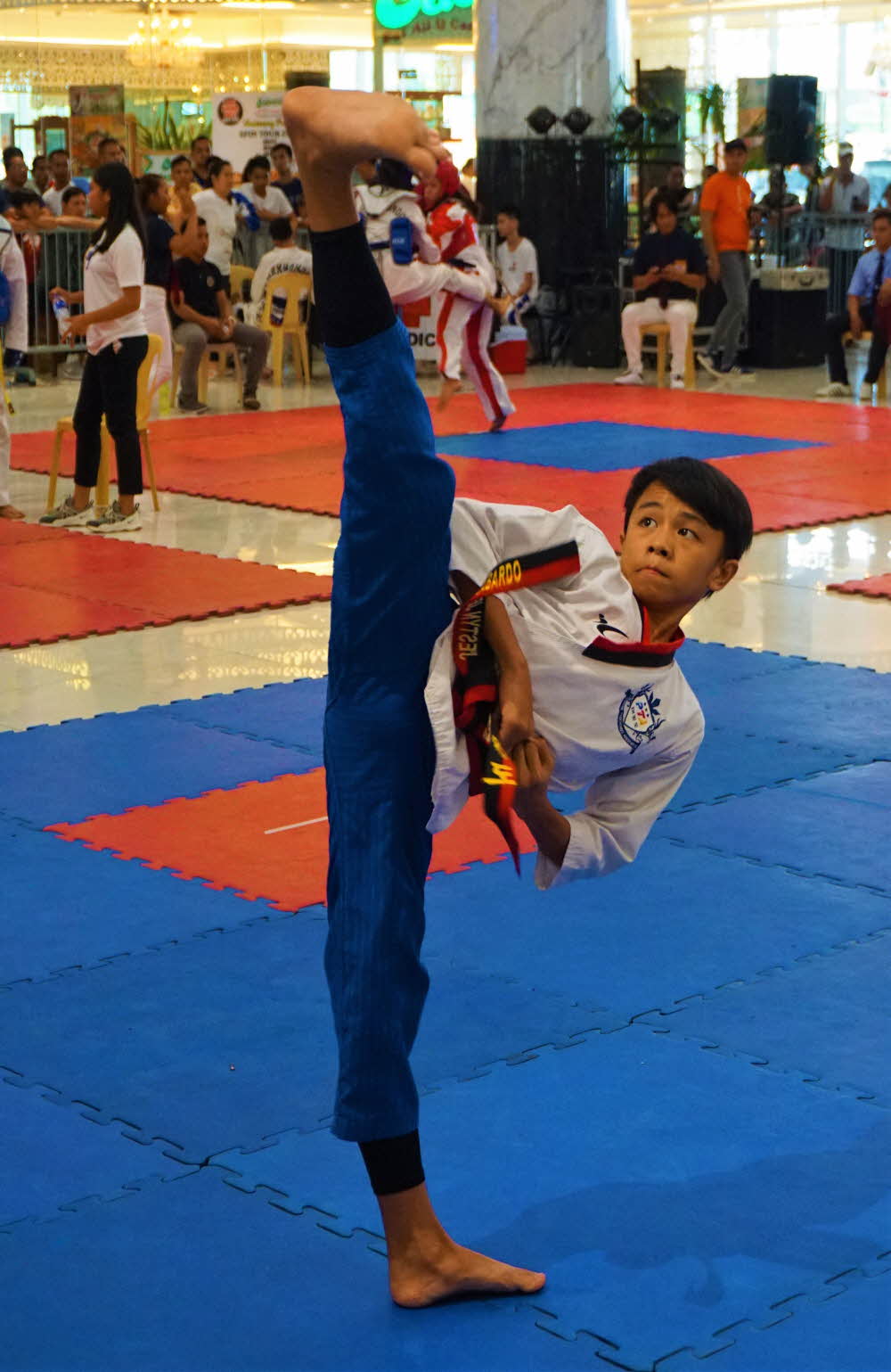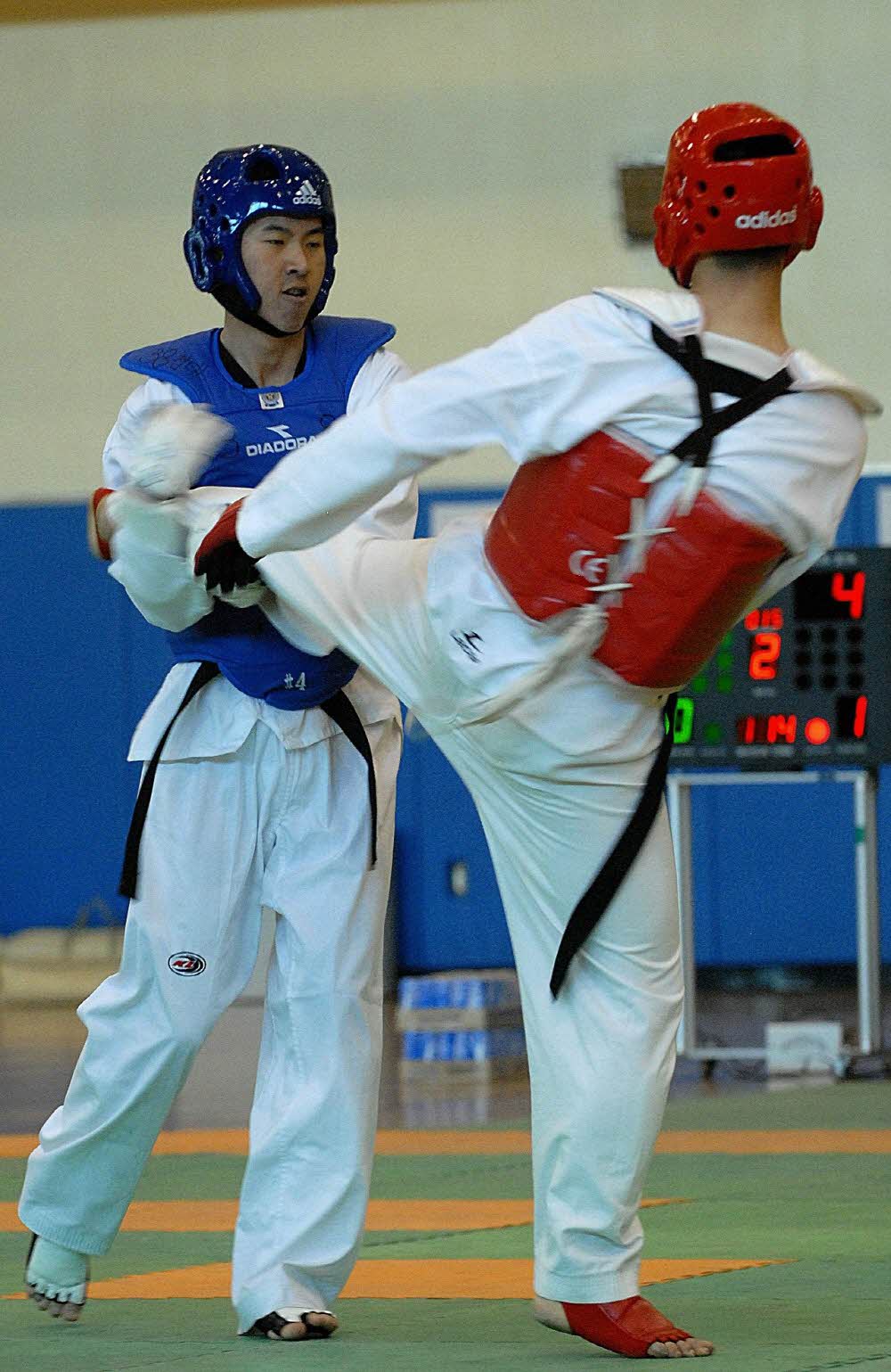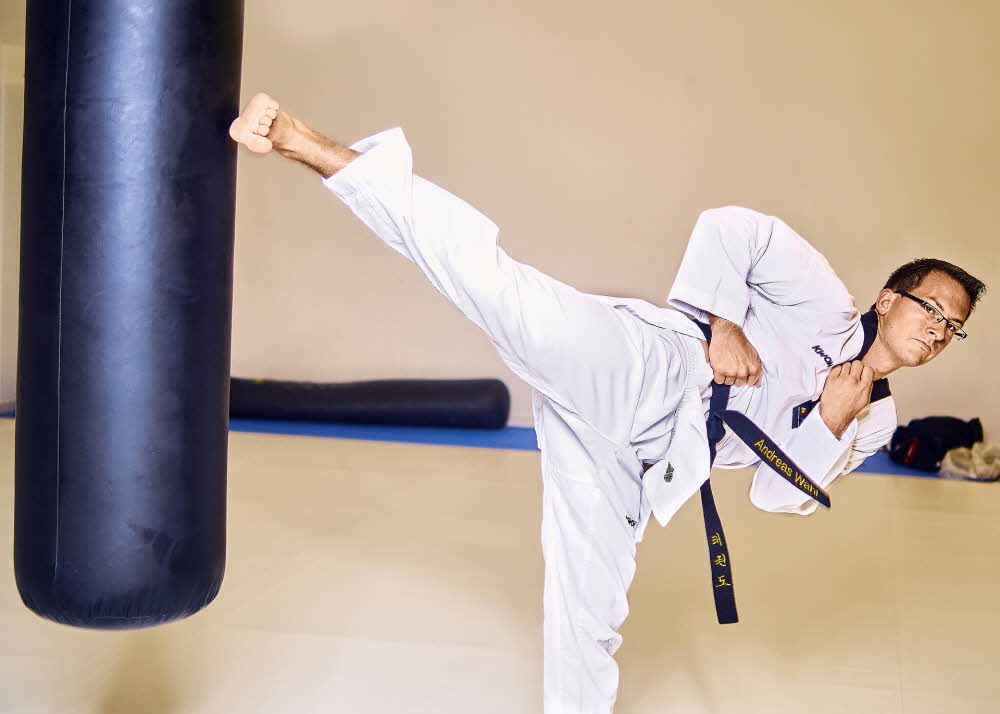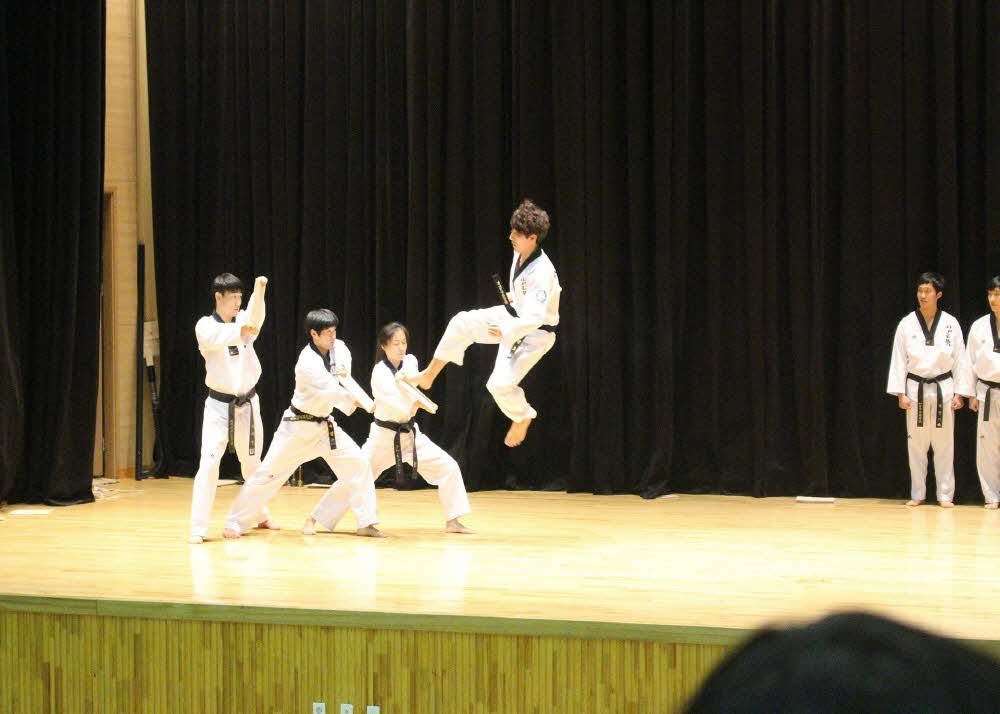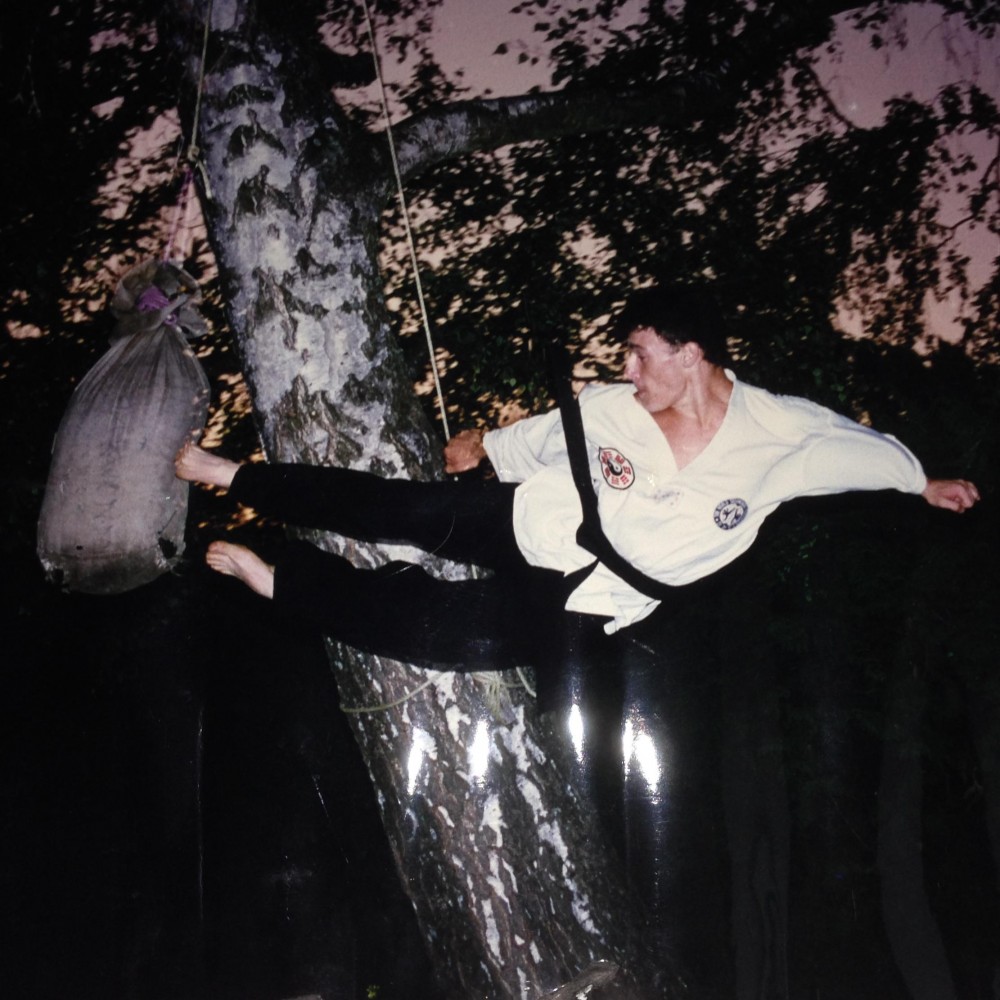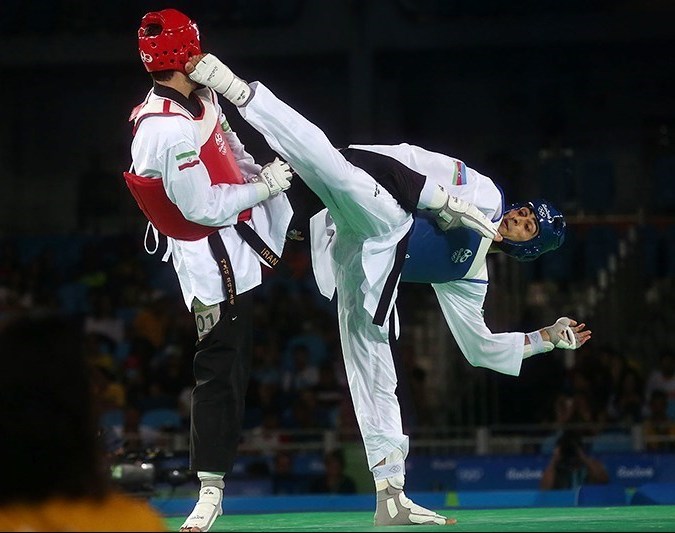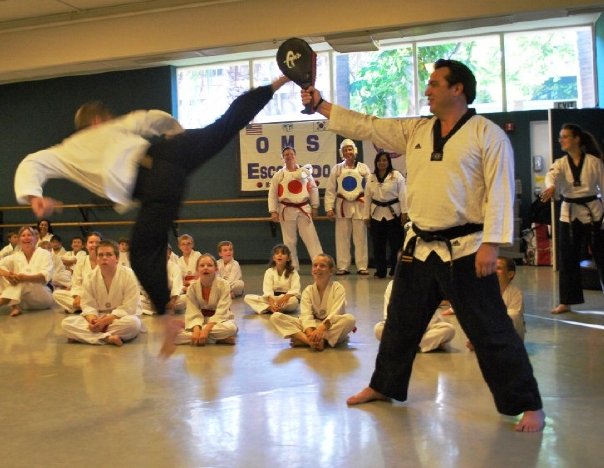asia | Taekwondo
페이지 정보
작성자 WoMAU 작성일20-08-19 1,335회 댓글0건관련링크
본문
|
Taekwondo |
|
“way of kicking and punching” |
|
Member Organization(s) |
|
① 세계무예태권도연맹 (WMT: World Martial Arts Taekwondo Federation) ② 태권도외교재단 (TDF: Taekwondo Diplomacy Foundation) ③ 동아시아태권도연맹 (EATU: East Asia Taekwondo Union) ④ 태산무도연구소(Tae-San Martial Arts Institute) |
|
Introduction |
|
Taekwondo is a Korean martial art, characterized by its emphasis on head-height kicks, jumping spinning kicks, and fast kicking techniques. |
|
History |
|
Beginning in 1945, shortly after the end of World War II and the Japanese Occupation, new martial arts schools called 'Kwan' opened in Seoul. These schools were established by Korean martial artists with backgrounds in (mostly) Japanese and Chinese martial arts. At the time, indigenous disciplines (such as Taekkyeon) were all but forgotten, due to years of decline and repression by the Japanese colonial government. The umbrella term traditional Taekwondo typically refers to the martial arts practiced by the kwans during the 1940s and 1950s, though in reality the term "Taekwondo" had not yet been coined at that time, and indeed each Kwan(school) was practicing its own unique fighting style. In 1952, South Korean President Lee Seung-man witnessed a martial arts demonstration by ROK officer Choi Hong-hi and Nam Tae-hi from the 29th Infantry Division. He misrecognized the technique on display as Taekkyeon, and urged martial arts to be introduced to the army under a single system. Beginning in 1955 the leaders of the kwans began discussing in earnest the possibility of creating a unified Korean martial art. Until then, Tang Soo Do was used to name Korean Karate, using the Korean hanja pronunciation of the Japanese kanji (唐手道). The name Tae Soo Do (跆手道) was also used to describe a unified style of Korean martial arts. This name consists of the hanja 跆(tae) "to stomp, trample", 手(su) "hand", and 道(do) "way, discipline". Choi Hong-hi advocated the use of the name Tae Kwon Do, i.e. replacing 手(su) "hand" with 拳(kwon or gwon) "fist", the term also used for "martial arts" in Chinese 'Quán'. The name was also the closest to the pronunciation of Taekkyeon, in accordance with the views of the president. The new name was initially slow to catch on among the leaders of the kwans. During this time Taekwondo was also adopted for use by the South Korean military, which increased its popularity among civilian martial arts schools. In 1959 the Korea Taekwondo Association or KTA (then-Korea Tang Soo Do Association) was established to facilitate the unification of Korean martial arts. General Choi, of the Oh Do Kwan, wanted all the other member kwans of the KTA to adopt his own Chan Hon-style of Taekwondo, as a unified style. This was, however, met with resistance as the other kwans instead wanted a unified style to be created based on inputs from all the kwans, to serve as a way to bring on the heritage and characteristics of all of the styles, not just the style of a single kwan. As a response to this, along with disagreements about teaching Taekwondo in North Korea and unifying the whole Korean Peninsula, Choi broke with the KTA in 1966, in order to establish the International Taekwon-Do Federation (ITF)— a separate governing body devoted to institutionalizing his own style of Taekwondo in Canada. Initially, the South Korean president, having close ties to General Choi, gave General Choi's ITF limited support. However, the South Korean government wished to avoid North Korean influence on the martial art. Conversely, ITF president Choi Hong-hi sought support for his style of Taekwondo from all quarters, including North Korea. In response, in 1972 South Korea withdrew its support for the ITF. The ITF continued to function as an independent federation, then headquartered in Toronto, Ontario, Canada; Choi continued to develop the ITF-style, notably with the 1983 publication of his Encyclopedia of Taekwondo. After Choi's retirement, the ITF split in 2001 and then again in 2002 to create three separate federations each of which continues to operate today under the same name. In 1972 the KTA and the South Korean government's Ministry of Culture, Sports and Tourism established the Kukkiwon as the new national academy for Taekwondo. Kukkiwon now serves many of the functions previously served by the KTA, in terms of defining a government-sponsored unified style of Taekwondo. In 1973 the KTA and Kukkiwon supported the establishment of the World Taekwondo Federation (WTF, renamed to World Taekwondo in 2017 due to confusion with the initialism) to promote the sportive side of Kukki-Taekwondo. WT competitions employ Kukkiwon-style Taekwondo. For this reason, Kukkiwon-style Taekwondo is often referred to as WT-style Taekwondo, sport-style Taekwondo, or Olympic-style Taekwondo, though in reality the style is defined by the Kukkiwon, not the WT. Since 2000, Taekwondo has been one of only two Asian martial arts (the other being judo) that are included in the Olympic Games. It started as a demonstration event at the 1988 games in Seoul, a year after becoming a medal event at the Pan Am Games, and became an official medal event at the 2000 games in Sydney. In 2010, Taekwondo was accepted as a Commonwealth Games sport. |
|
References |
|
East Asia Taekwondo Union (2015). WoMAU membership application form. “Taekwondo”. Wikipedia. Taekwondo Diplomacy Foundation (2012). WoMAU membership application form. World Martial Arts taekwondo Federation (2017). WoMAU membership application form. “태권도(跆拳道)”. 한국민족문화대백과사전. “태권도 역사”. 대한태권도협회. |
댓글목록
등록된 댓글이 없습니다.



